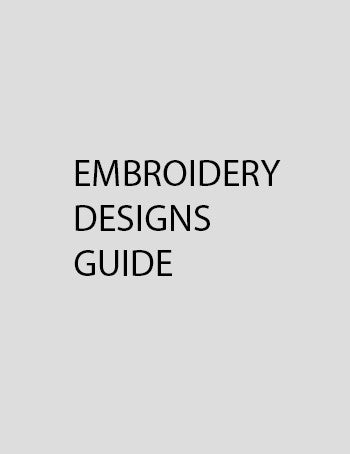
JORDAND TIMES
Bittersweet Memories
Palestinian writer Najwa Kawar Farah has lived in four cities of Palestine - Nazareth, Haifa, Jerusalem and Ramallah - and in three other countries - Lebanon, the UK and Canada. Each of these places has left its mark on the 25 poems and 30 plus paintings in her book, but none more so than Jerusalem. "To Palestine with Love..." is one of several books issued this year by Rimal Publications to celebrate Jerusalem as the 2009 cultural capital of the Arab world.
Each poem is paired with a painting. Nature and Palestine compete and sometimes merge as the major themes of Farah's images and verse. Jerusalem and Palestine are presented chiefly through personal memory, and their fate is the only thing keeping her book from being an unconditional celebration of beauty. As she writes in the foreword, "The injustice inflicted on my homeland, Palestine, made me profoundly angry and frustrated... The Palestinian tragedy is a very personal matter for me, as it is for every Palestinian who is its victim in one way or another." At the same time, the foreword gives evidence of Farah's belief in the power of art: "may meager words inspire the downtrodden and humble the haughty; may splashes of colour lift the spirit of those who suffer and brighten the soul of the oppressor." (p. 7)
Although melancholy pervades almost all the poems, it is not synonymous with self-pity, but simply serves to record the truth of experience. Memory is the central concept uniting poems about nature, Gaza, Galilee, Jerusalem, Andalusia, Beirut and Baghdad. The great importance attached to memory is exemplified in the poem, "The Giant," where the title refers to the usurper who is not content to possess the material wealth of the land but wants the Palestinians' memory as well. In response, the poet cries out that her memories are her "roots anchored true and deep" that can never be given away. (p. 41)
Farah's paintings match the nostalgia expressed in many of the poems yet their exquisite colours lighten up the book at the same time. Whether depicting trees, flowers and meadows or the towers, domes and arches of Jerusalem's skyline, most are done in an impressionistic style. Each feathery brushstroke is deliberately apparent and also suggestive of a more complex reality beyond. Belying their minimalist style, the paintings successfully portray panoramic scenes of Jerusalem, Baghdad and other places.
A few of the poems stand out as exceptionally eloquent in expressing the Palestinian cause or personal feelings. The poem "Saffiyah" tells the story of a woman who is killed while taking food to her husband as he fights to defend their Beirut refugee camp. Though Saffiyah's death in a flash of machine gun fire and explosions is a dramatic event, Farah describes it with such subtlety that the reader only gradually realizes that she is dead, but when reality hits, it is all the more powerful. Farah restores Saffiyah's dignity and beauty via metaphor, likening her to the jasmine plant at her kitchen window where she prepares her husband's food and which he smells from the broken pot after she is killed.
Irony is Farah's chosen weapon in the poem, "The Wall," of which she writes, "What irony that you should rise where Christ, through love, demolished mankind's walls." The even greater irony is that it was built "To shut out shunned neighbors, but now it has the oppressor hemmed in by the sea." (p. 17)
Nestled in between these poems of broad implications is a charming poem entitled "Dolls," with an equally disarming picture of two dolls and a teddy bear on a sofa, rendered in a purposely naïve style to evoke childhood memories and a lost past, but without kitsch sentimentality. All in all, the poems in this volume are the reflections of a mature woman on life and, most especially, on belonging to Palestine.
A review by Sally Bland for The Jordan Times.


